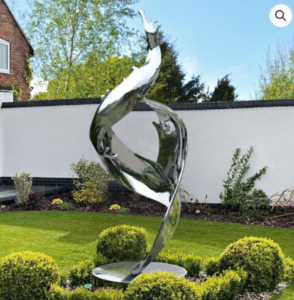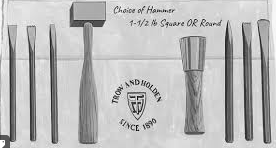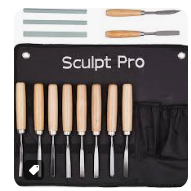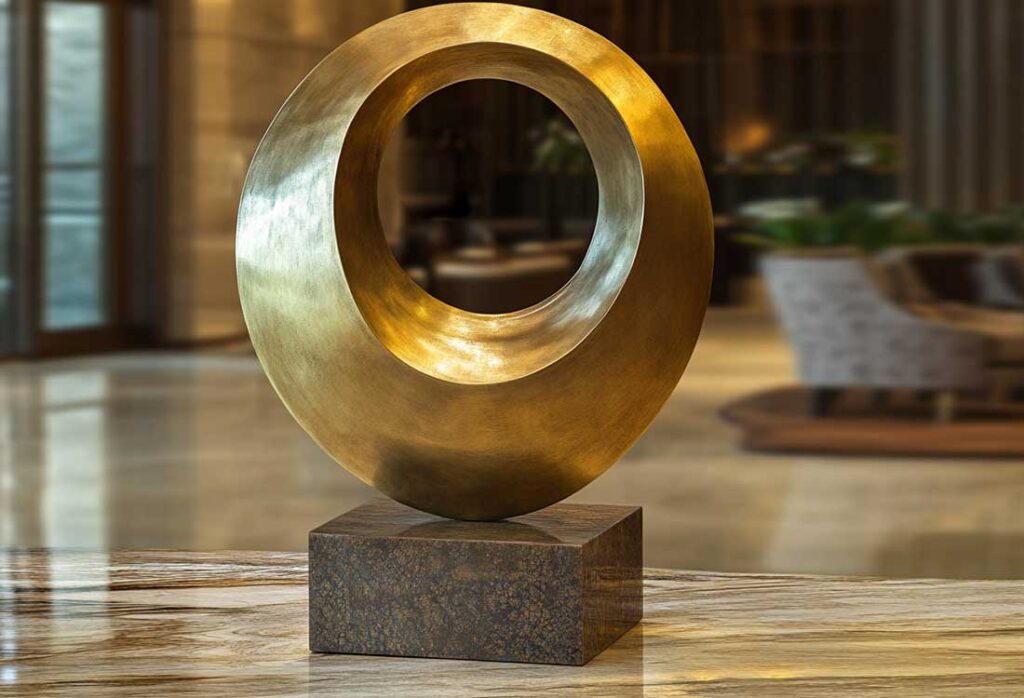Sculpture is a fascinating art form that allows artists to express their creativity and vision through the manipulation of materials. In the sculpture creation process, handling materials and tools properly is crucial for achieving the desired results. Here are some tips on how to deal with materials and tools in sculpture creation.
Choose the Right Materials
The choice of materials depends on the concept and purpose of your sculpture. Different materials have different properties, such as texture, durability, and malleability. Some common materials used in sculpture include clay, stone, metal, wood, and plastic. Consider the following factors when choosing materials:
Concept and Theme: The material should complement the concept and theme of your sculpture. For example, if you are creating a sculpture about nature, you might choose materials like wood or stone that have a natural look and feel.
Durability: Consider the longevity of your sculpture. If it will be placed outdoors or in a public space, choose materials that are weather-resistant and durable.
Skill Level: Some materials require more advanced skills and tools to work with. Choose materials that match your skill level and experience.
Availability and Cost: Consider the availability and cost of materials. Some materials may be more expensive or difficult to find than others.


Prepare the Materials
Once you have chosen your materials, you need to prepare them for use. This may involve cleaning, cutting, shaping, or texturing the materials. Here are some tips on preparing materials:
Cleaning: Remove any dirt, dust, or debris from the materials using a brush or cloth. This will ensure that your sculpture has a clean and smooth surface.
Cutting: Use appropriate tools to cut the materials to the desired size and shape. For example, you can use a saw for cutting wood or a chisel for cutting stone.
Shaping: Use tools like hammers, mallets, or files to shape the materials. You can also use heat or chemicals to soften or bend certain materials.
Texturing: Add texture to the materials using tools like rasps, sandpaper, or wire brushes. This can create a more interesting and tactile surface.
Select the Right Tools
The right tools can make a big difference in the sculpture creation process. Different tools are used for different materials and techniques. Here are some common tools used in sculpture:
Sculpting Tools: These include tools like chisels, hammers, mallets, files, rasps, and wire brushes. They are used for shaping and texturing materials.
Measuring Tools: Measuring tools like rulers, calipers, and protractors are used to ensure accurate dimensions and proportions.
Cutting Tools: Cutting tools like saws, knives, and shears are used to cut materials.
Welding Tools: If you are working with metal, welding tools like welders, torches, and electrodes are used to join pieces together.
Safety Equipment: Safety equipment like gloves, goggles, and masks are essential for protecting yourself from dust, debris, and chemicals.


Use Tools Properly
Using tools properly is important for both safety and efficiency. Here are some tips on using tools:
Read the Manual: Read the instruction manual for each tool before using it. This will ensure that you understand how to use the tool safely and effectively.
Wear Safety Equipment: Wear appropriate safety equipment when using tools. This will protect you from injury.
Use the Right Tool for the Job: Use the tool that is designed for the specific task you are performing. For example, don’t use a hammer to cut wood.
Maintain Tools: Keep your tools clean and in good condition. Sharpen dull tools and replace broken ones.
Experiment and Have Fun
Sculpture creation is a creative process, so don’t be afraid to experiment with different materials and tools. Try new techniques and approaches to see what works best for you. Have fun and let your creativity flow!
In conclusion, handling materials and tools properly is essential for successful sculpture creation. Choose the right materials, prepare them carefully, select the right tools, use them properly, and experiment to find your own unique style. With practice and patience, you can create beautiful and meaningful sculptures.

